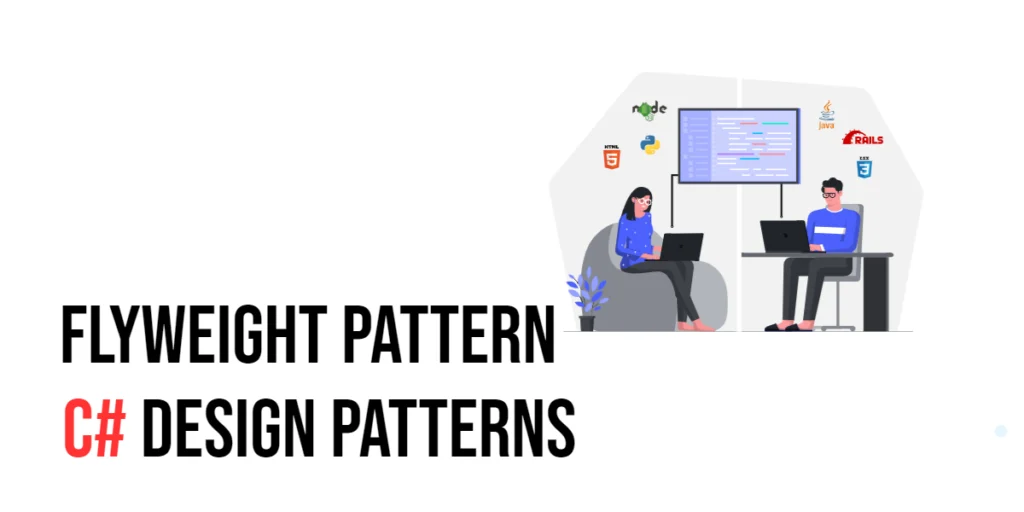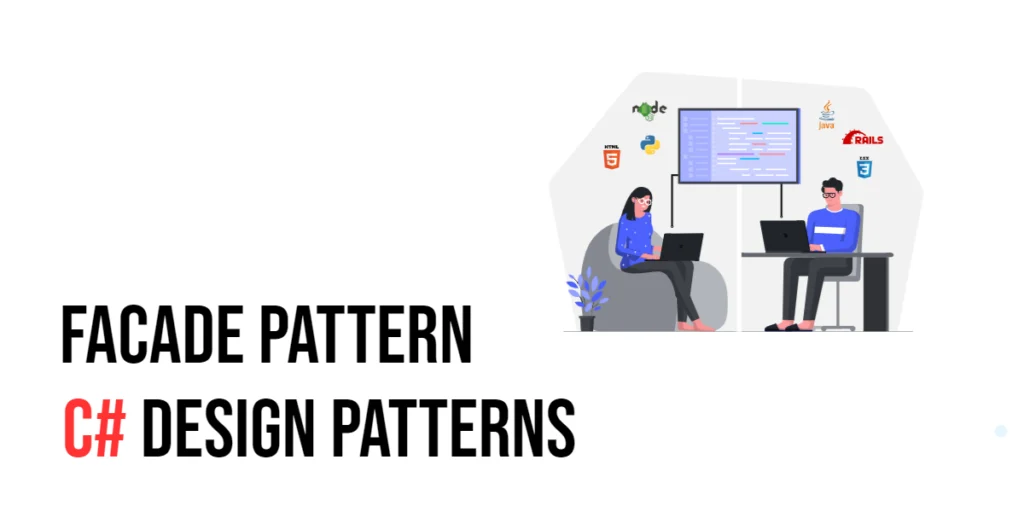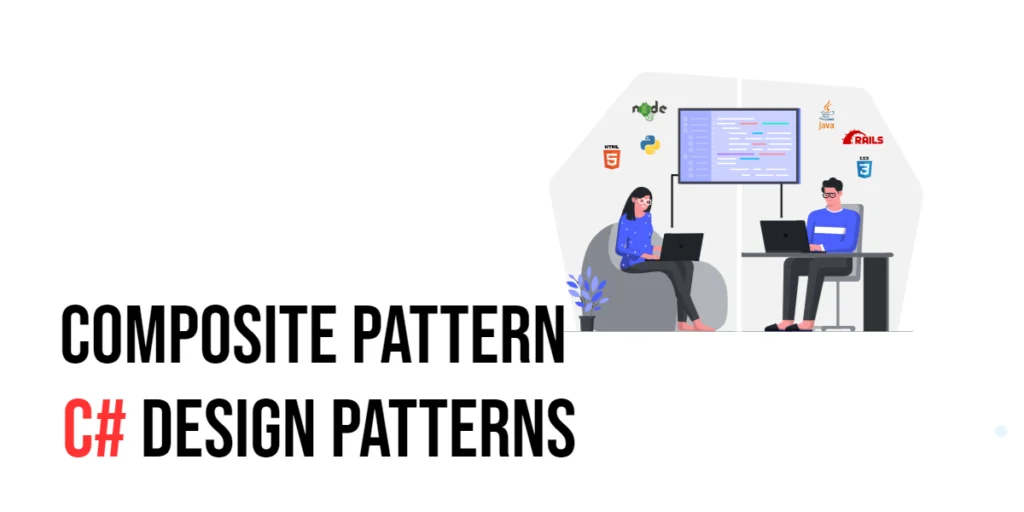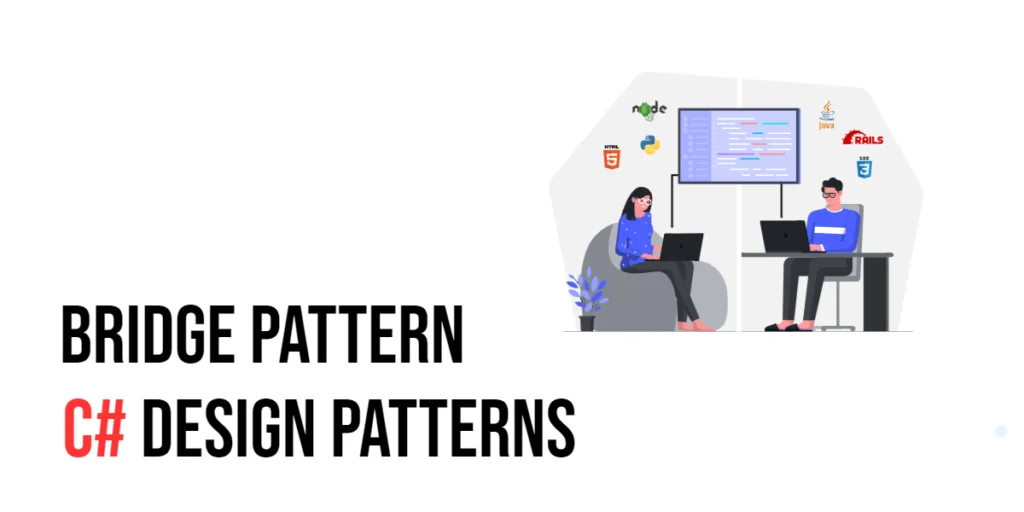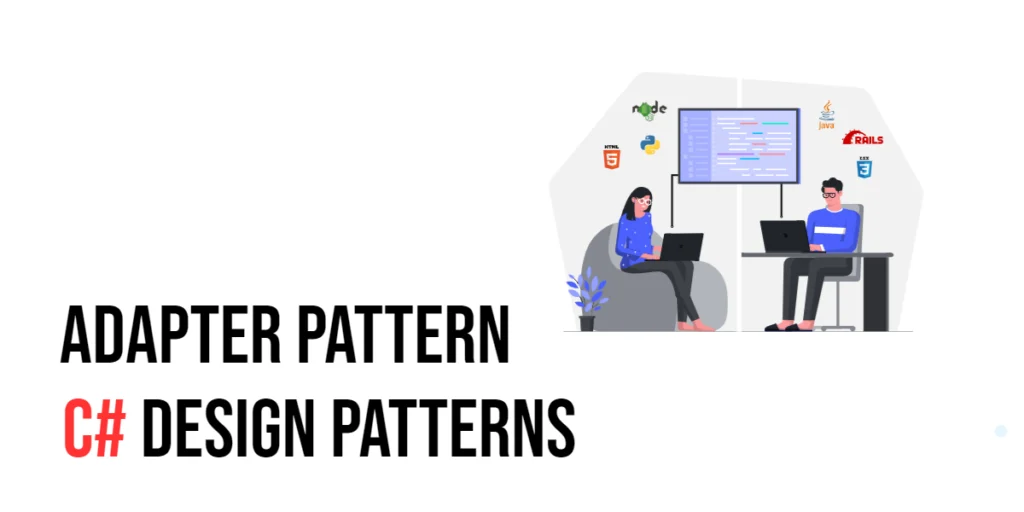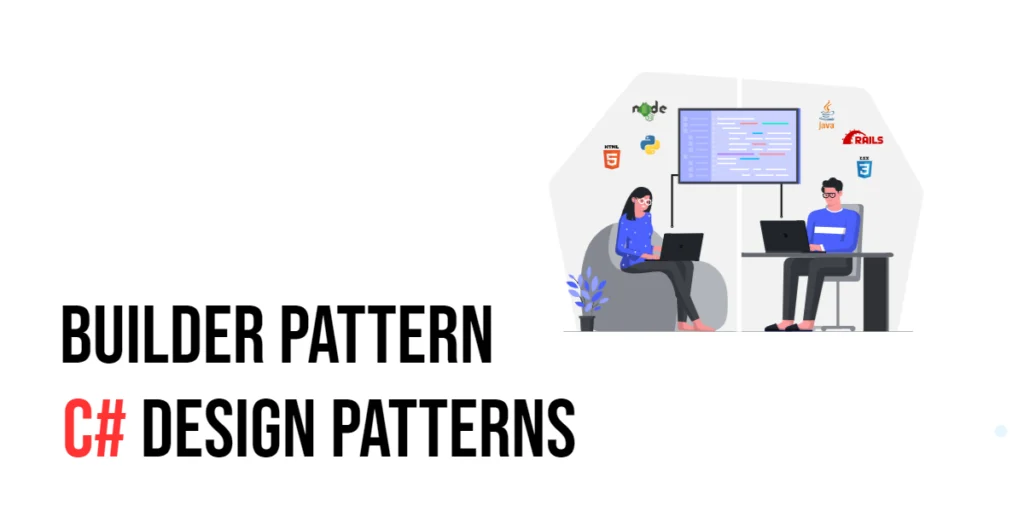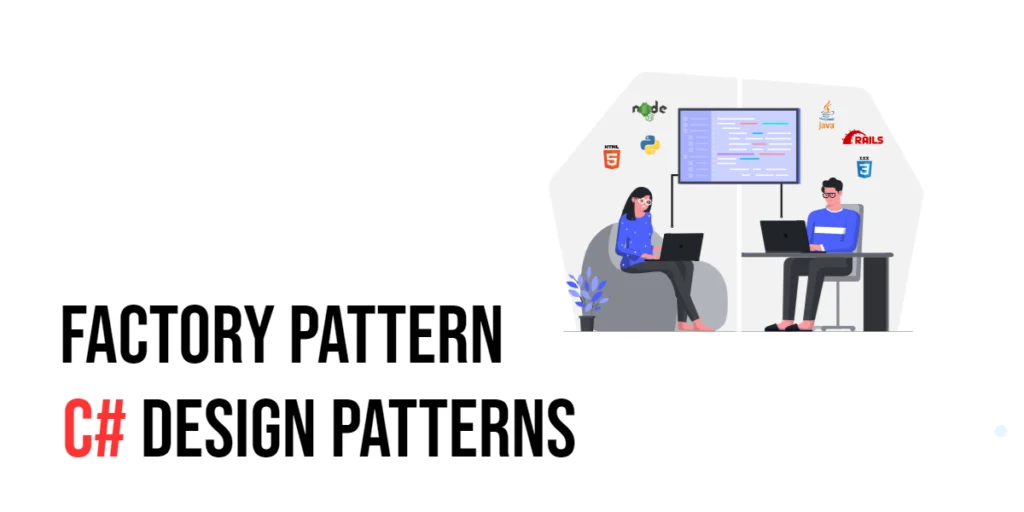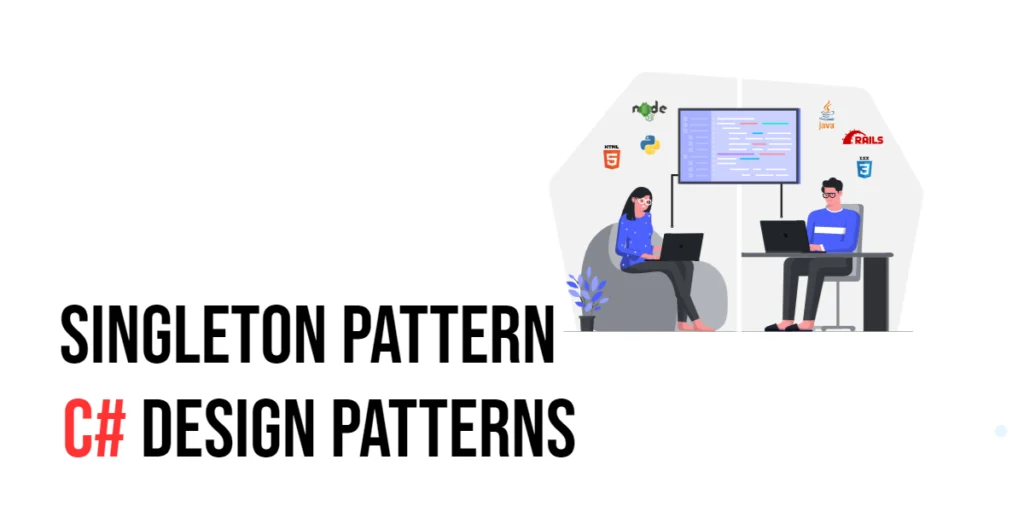C# Design Patterns: Flyweight Pattern
In the realm of software development, think of design patterns as tried-and-true blueprints that help solve common programming challenges efficiently. Among these patterns, the Flyweight Pattern stands out for its ability to enhance performance and reduce memory usage significantly. This article delves into the Flyweight Pattern, explaining its importance and how it can be effectively […]
C# Design Patterns: Flyweight Pattern Read More »
